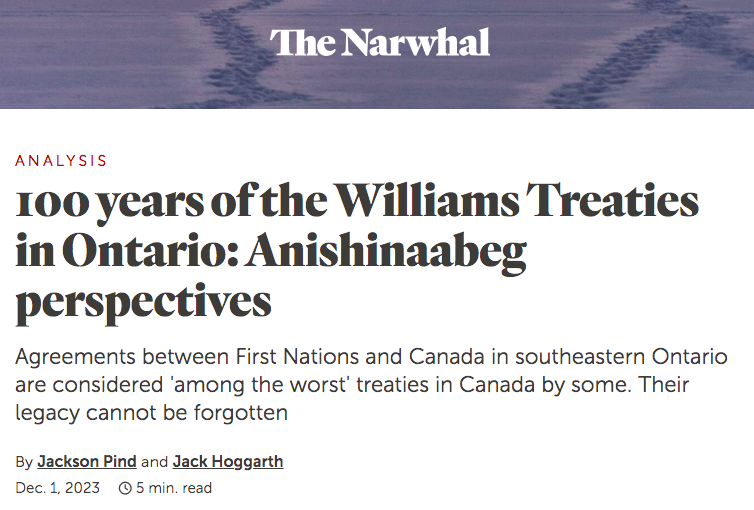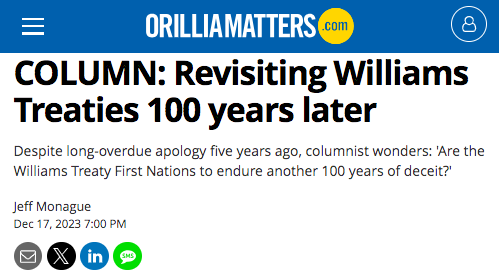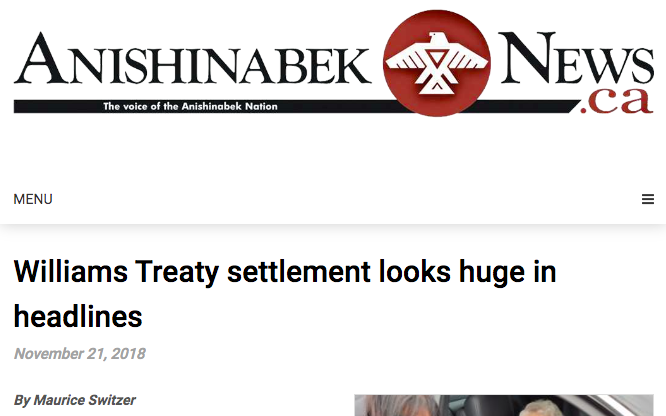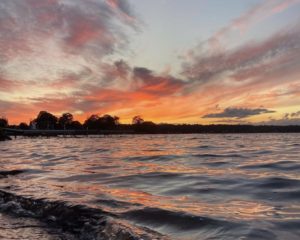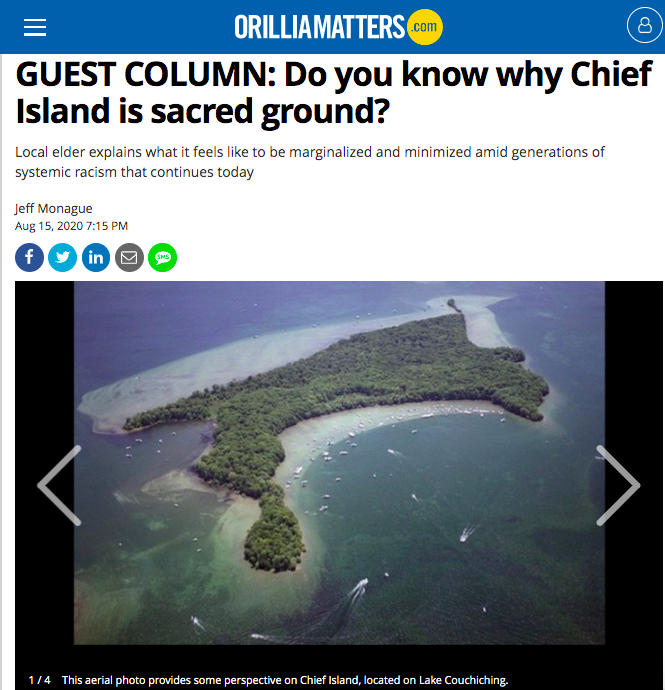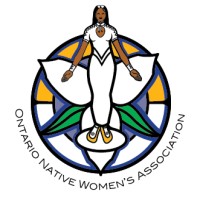indigenous solidarity
Rama Powwow 2022 | Photo by Deb Halbot
Anyone experiencing pain or distress as a result of their residential school experience can access this 24-hour, toll-free and confidential National Indian Residential School Crisis Line at 1-866-925-4419.
Indigenous peoples across Canada can also go to The Hope for Wellness Help Line 24 hours a day, 7 days a week for counselling and crisis intervention. Call the toll-free Help Line at 1-855-242-3310 or connect to the online chat.
Important documents to read
- United Nations Declaration on the Rights of Indigenous Peoples
- Missing and Murdered Indigenous Women and Girls (MMIWG) Final Report & Calls to Justice
- Truth and Reconciliation Commission of Canada: 94 Calls to Action
- *note that it has been almost 10 years since these 94 Calls to Action were released by the Truth and Reconciliation Commission of Canada and only 13 of them have been fulfilled. Zero were completed in 2023 – as per Yellowhead Institute report. CBC’s Beyond 94 also monitors progress on the Calls to Action.
local HISTORY
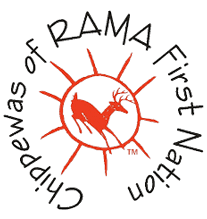
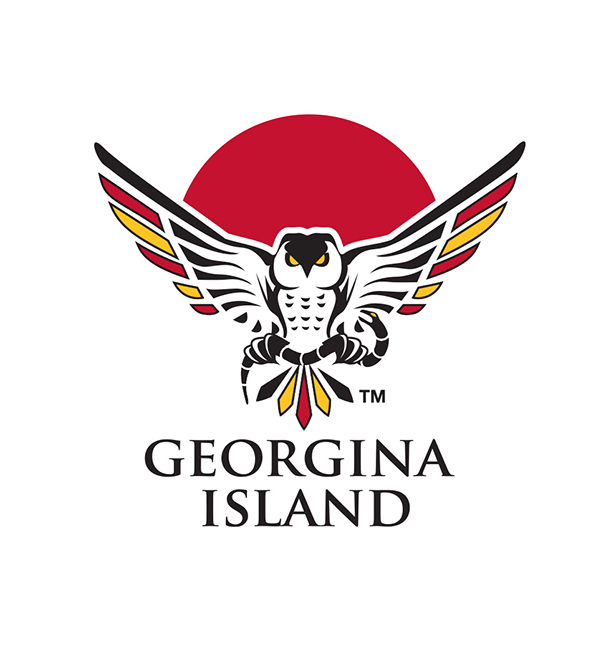
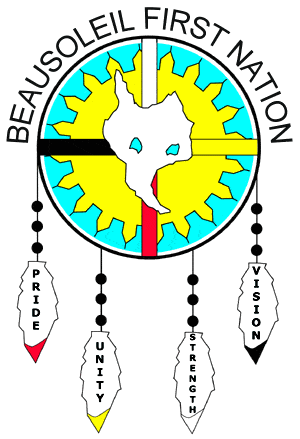
“The Chippewas of Rama First Nation, Chippewas of Georgina Island First Nation, and Beausoleil First Nation were originally part of a larger community known as the Chippewas of Lake Simcoe and Lake Huron of which Chief William Yellowhead (or Musquakie) was recognized as principal chief. As hunter-gatherers, our traditional lifestyle involved following deer herd movements in the autumn and winter months to the West, East, and North points of Ontario. Summer months were spent in settlements at places now known as Atherley, Orillia and Coldwater.
In the 1830’s, on behalf of the Crown, Lieutenant-Governor Sir John Colborne set aside a clearing of approximately 10,000 acres for our nation between the Narrows (where Lake Couchiching and Lake Simcoe meet) and Coldwater. The government tried to gather our people together to make them farmers. This was also the beginning of the reserve system which continues today.
During their settlement in the area, our ancestors were successful in establishing the foundations for their communities, building the Coldwater Grist Mill, which still stands in the town of Coldwater, and clearing the way for the route now known as Ontario Highway No. 12. In 1836, the Chiefs signed a document that they understood would provide title to the land but was actually a surrender which gave up the reserve lands.
At that point, what was a large nation of 3 communities, was separated. Chief Aisance and his band moved to Christian Island; Chief Snake and his band eventually located in Georgina Island; and Chief Yellowhead and his band stayed in this area and are now known as the Chippewas of Rama First Nation. These three First Nations, together known as the Chippewa Tri-Council, still enjoy a strong relationship today. In 2012, the Chippewa Tri-Council settled a claim with the federal government for the Coldwater Narrows Land. It was largest specific claims settlement in Canadian history at that time.”
Information sourced from Rama First Nation
What treaty territory is Orillia on?
Orillia falls within the Williams Treaties territory.
The Williams Treaties were signed on October 31 and November 15, 1923, by seven Anishinaabe First Nations and representatives of the Crown. A commission was established by Canada and led by Treaty Commissioner A.S. Williams to address lands that had not been surrendered via treaty.
The treaties involved a one-time cash payment of $25 per person in exchange for over 20,000 square kilometres of First Nations’ right, title, interest, and claim to the land. Since the time of signing, signatories have shared how they were forced to sign the treaties, without lawyers, during one-day negotiations, and never were told about the loss of hunting and fishing rights. Some educators and historians consider the Williams Treaties as among the worst treaties in Canadian history. Read this article to learn more.
The seven signatories to the Williams Treaties are: Alderville First Nation, Chippewas of Beausoleil First Nation, Chippewas of Georgina Island First Nation, Chippewas of Rama First Nation, Curve Lake First Nation, Hiawatha First Nation and Mississaugas of Scugog Island First Nation.
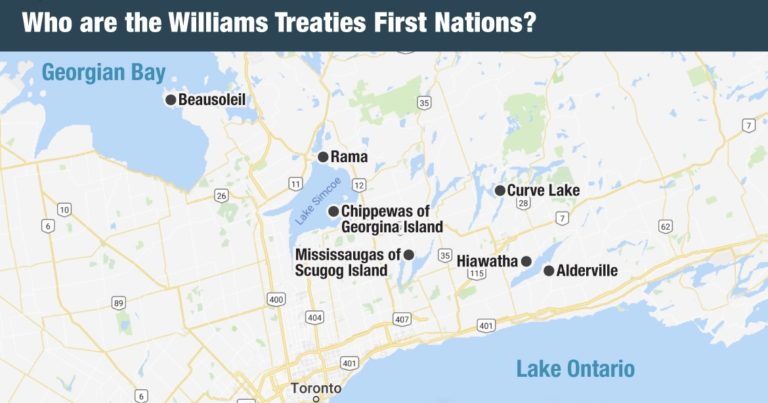
In 2018, the Williams Treaty First Nations reached a settlement agreement with the government.
The claim:
- Crown did not act honourably when making and implementing Williams Treaties:
- Proper compensation and additional lands not provided in 1923
- First Nations’ harvesting rights unjustly denied
The negotiated Settlement Agreement:
- Recognition of pre-existing treaty harvesting rights for First Nations members in certain treaty areas
- Federal and provincial apologies for negative impacts of the Williams Treaties on First Nations
- Financial compensation: $666 million from Canada and $444 million from Ontario
- Additional reserve lands: each First Nation can acquire and apply to add up to 11,000 acres to their reserve land base
Stories of the water
Videos by Kory Snache from Rama First Nation
This visual documentary explores the Indigenous and Anishnaabeg history of the rivers of Mskwaaki, also known as Muskoka. It focuses on the use of five rivers in what is now commonly known as Muskoka by the Ojibweg of Rama.
The story of how Nanabush shaped Gojienjawjeen. The lake more commonly known as Couchiching. Told by Fred King(ban) to Norm Stinson from Rama Ojibwe Reserve.
***IMPORTANT LOCAL FUNDRAISER***:
"Help me preserve the Eastern Ojibwe language"
COMMUNITY RESOURCES IN THE ORILLIA AREA
Mamaway Wiidokdaadwin Primary Care Team

Georgian Bay Native Friendship Centre

Georgian Bay Native Women's Association
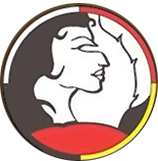
Barrie Native Friendship Centre
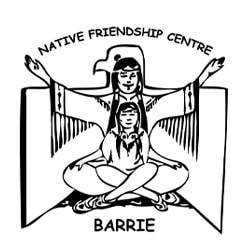
Rama First Nation Culture and Heritage

Biminaawzogin Regional Aboriginal Women's Circle

Georgian Bay Metis Council
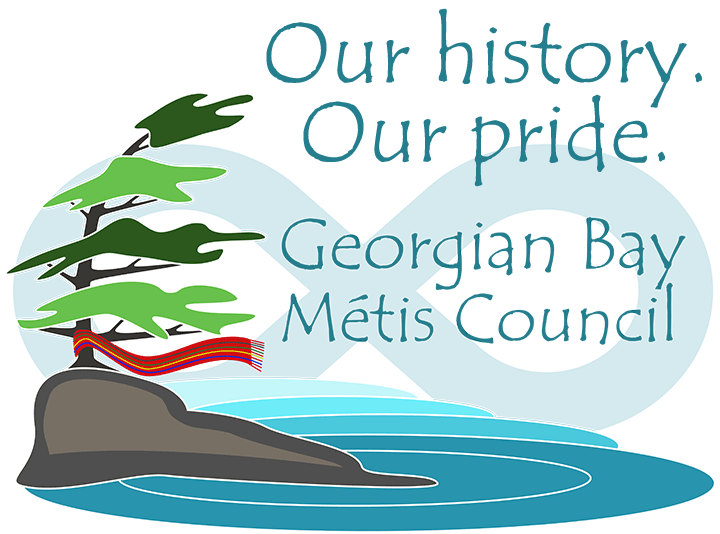
NSM Healthline - Services for Indigenous Peoples

Dnaagdawenmag Binnoojiiyag Child & Family Services (DBCFS)
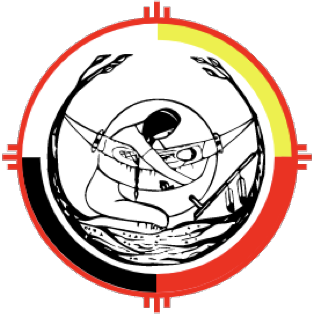
Enaahtig Healing Lodge & Learning Centre
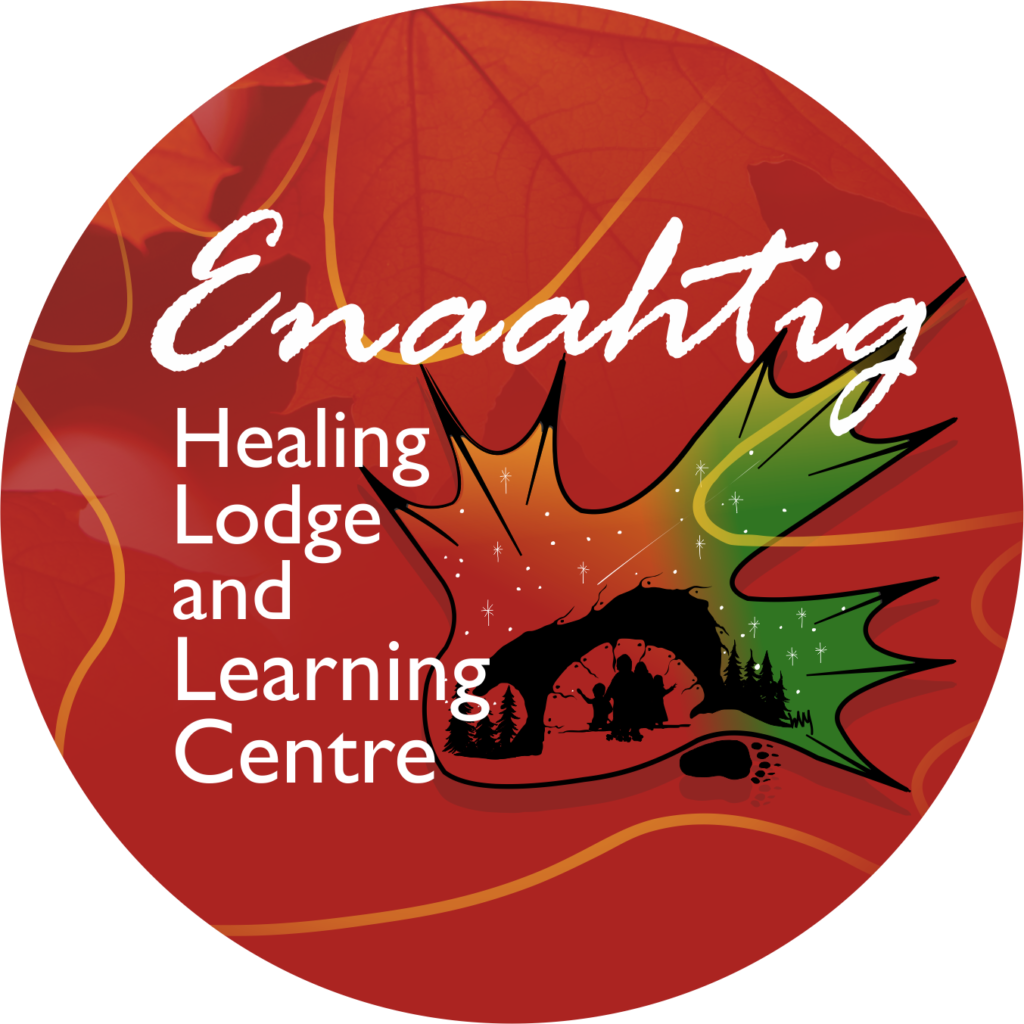
Métis Nation of Ontario
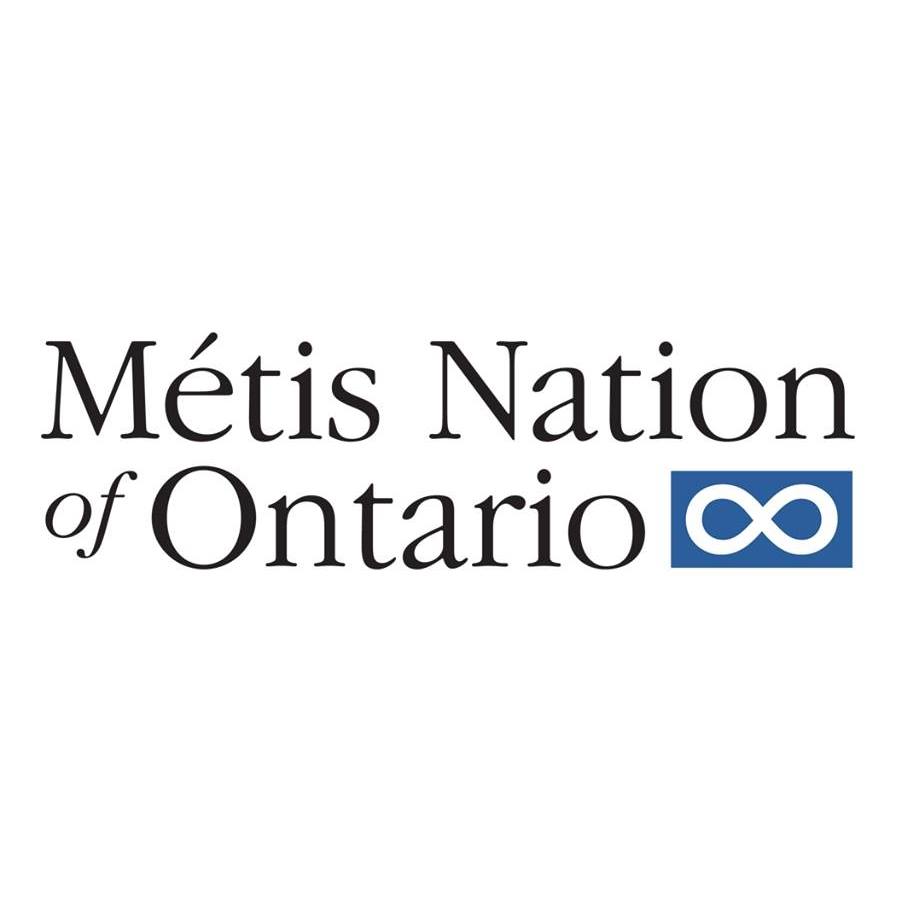
Orillia Native Women’s Group (ONWG)
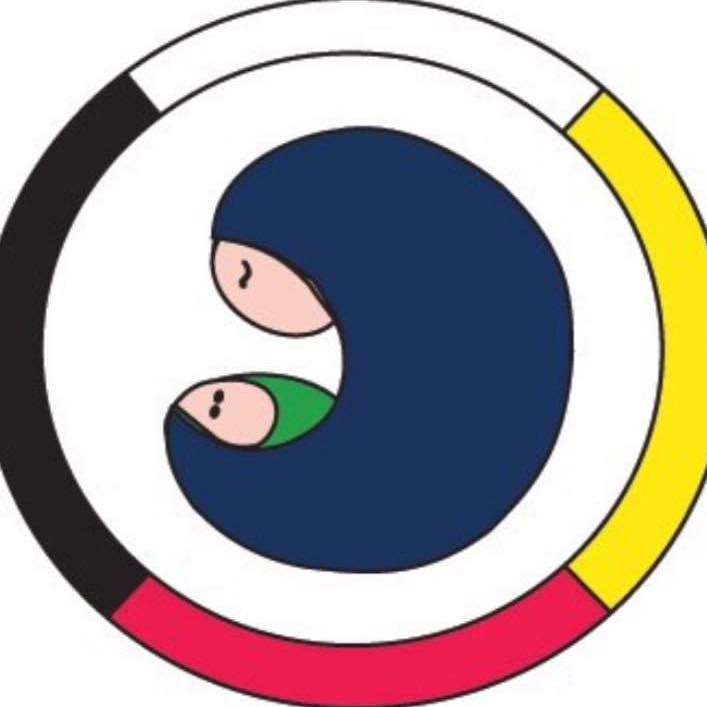
GEORGIAN COLLEGE
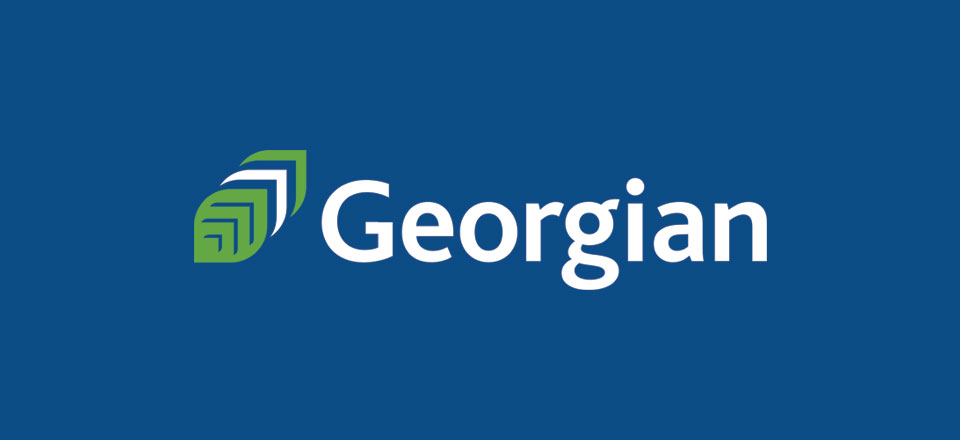
LAKEHEAD UNIVERSITY

Books (non-exhaustive list)
- 21 Things You May Not Know About the Indian Act by Bob Joseph
- The Reconciliation Manifesto: Recovering the Land, Rebuilding the Economy by Arthur Manuel and Grand Chief Ronald Derrickson
- Unsettling Canada: A National Wake-up Call by Arthur Manuel and Grand Chief Ronald Derrickson
- Indigenous Food Systems: Concepts, Cases, and Conversations by Priscilla Settee and Shailesh Shukla
- The Inconvenient Indian by Thomas King
- Richard Wagamese books
- Jody Wilson-Raybould books
- Winona LaDuke books
- As Long as Grass Grows by Dina Gilio-Whitaker
- As We Have Always Done: Indigenous Freedom through Radical Resistance by Leanne Betasamosake Simpson
- More Powerful Together: Conversations With Climate Activists and Indigenous Land Defenders by Jen Gobby
- The End of This World: Climate Justice in So-Called Canada by Angele Alook, Emily Eaton, David Gray-Donald, Joël Laforest, Crystal Lameman, Bronwen Tucker
- Indigenous Toronto: Stories That Carry This Place by Denise Bolduc, Mnawaate Gordon-Corbiere, Rebeka Tabobondung
- Life in the City of Dirty Water: A Memoir of Healing by Clayton Thomas-Müller
- Wayi Wah! Indigenous Pedagogies: An Act for Reconciliation and Anti-Racist Education by Jo Chrona
- Five Little Indians by Michelle Good
- Highway of Tears by Jessica McDiarmid
- Braiding Sweetgrass by Robin Wall Kimmerer
- Bury My Heart at Wounded Knee by Dee Brown
- Seven Fallen Feathers by Tanya Talaga
- The Knowing by Tanya Talaga
- Who We Are by Murray Sinclair
- Medicine Wheel for the Planet by Dr. Jennifer Grenz
- Surviving Canada by Myra Tait
- Indigenous Liberation & Socialism by Jordan Humphreys
- An Indigenous People’s History of the United States by Roxanne Dunbar Ortiz
- Moon of the Crusted Snow & Moon of the Turning Leaves by Waubgeshig Rice
A Treaty Guide for Torontonians by the Talking Treaties Collective: Ange Loft, Victoria Freeman, Martha Stiegman and Jill Carter
